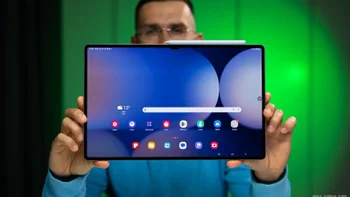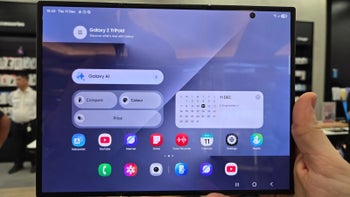Could the new iPhones offer double the refresh rate of the Samsung Galaxy S21?

While most Android flagships and even midrangers now offer high refresh rate displays, the Apple iPhone 12 family hasn't gone beyond 60Hz screens. The Cupertino giant apparently decided against 120Hz for the latest iPhones because of battery life concerns. The company has been working behind the scenes to bring smoother scrolling and visuals to future iPhones.
In the high refresh rate mode, the display may operate at a refresh rate that is twice the native refresh rate, three times the native refresh rate, or four times the native refresh rate (as examples).
The native refresh rate may be 120 Hz and the high refresh rate may be 240 Hz, as one example. The native refresh rate may be 60 Hz and the high refresh rate may be 120 Hz, 180 Hz, or 240 Hz, as another example.
The patent also says that the tech can extend to other devices such as the iPad and Apple Watch in the future.
Chances are that the upcoming iPhones will also not go higher than 120Hz. The refresh rate will be variable, which means it will be adjusted automatically depending on the content being shown.
The tech will reportedly be limited to the Pro variants and it will be made possible by the use of LTPO panels, which will likely be procured from Samsung. LTPO panels will seemingly also clear the path for the always-on-display mode.
The new handsets are expected to be largely the same as their predecessors design-wise. A recent leak also hints at significant camera improvements.
The 2021 range, which reports say will be known as iPhone 12S and not iPhone 13, is also rumored to offer in-display Touch ID.
Follow us on Google News











Things that are NOT allowed:
To help keep our community safe and free from spam, we apply temporary limits to newly created accounts: